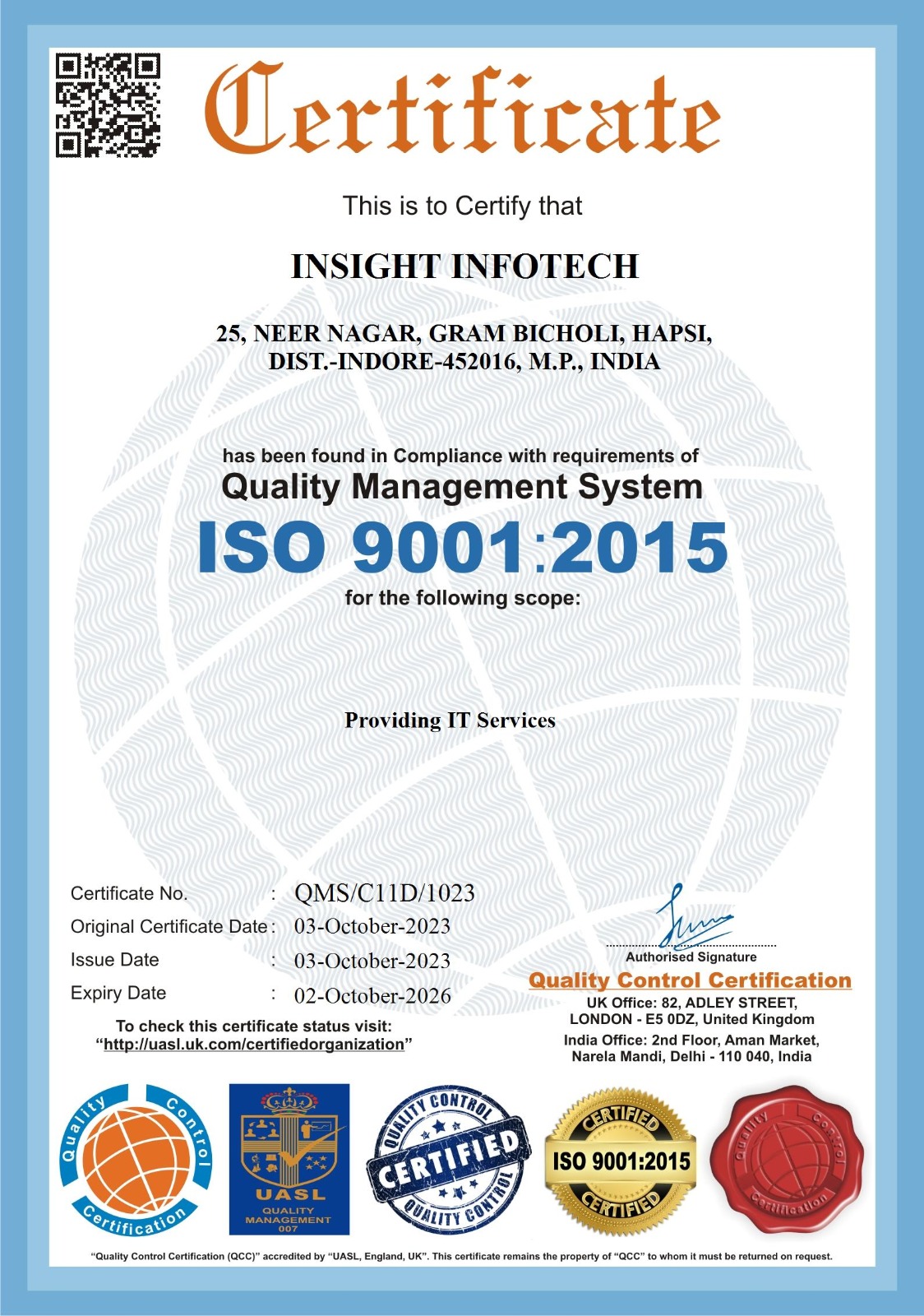API BRIDGE
API bridges play a vital role in connecting algorithmic trading software with the trading infrastructure, allowing for automated trading, real-time data analysis, and efficient execution of trading strategies. They enhance the speed, accuracy, and reliability of trading operations, enabling traders to take advantage of market opportunities effectively.
How API bridge connect to Demat A/C
1. Broker Registration: To use an API bridge to connect to your demat account, you first need to have an account with a broker that offers an API for trading. This usually involves opening a trading account with the broker and providing the necessary documentation for KYC (Know Your Customer) compliance.
2. API Access: Once you have a trading account with the broker, you'll need to request API access. The broker will provide you with the necessary API documentation, credentials (API key, secret, and sometimes a token), and any additional information required to connect to their trading infrastructure.
3. Authentication and Authorization: When you use the API bridge, you need to authenticate your requests to the broker's servers using the provided API credentials. This authentication ensures that only authorized users can access the account and place trades. The API bridge includes the required authentication mechanism to secure the communication..
4. API Endpoints: The API documentation provided by the broker will include various API endpoints. Each endpoint represents a specific function or service provided by the broker, such as fetching market data, placing orders, managing positions, and retrieving account information. The API bridge uses these endpoints to interact with the broker's trading..
5. Market Data and Order Placement: With the API bridge connected to the broker's infrastructure and authenticated, you can start receiving real-time market data, such as stock prices, from the broker's data feed. Your trading algorithm can then process this data and generate trading signals. When the algorithm determines a trading opportunity, it can use the API bridge to place orders directly into the demat account.
6. Order Execution and Management: The API bridge sends the trading orders to the broker's trading platform for execution. The broker's platform processes the order and executes it in the market. The API bridge will also receive order confirmations and updates on the status of the orders (e.g., filled, partially filled, or rejected).
7. Managing Demat Account Positions: The API bridge can also be used to manage open positions in the demat account. For example, it can be used to modify or cancel existing orders, initiate stop-loss or take-profit orders, and close positions based on your algorithm's criteria.
8. Security and Risk Management: API bridges often include security features to ensure the safety of your trading account. For example, they may limit access based on IP addresses, provide encryption for data transmission, and implement risk management protocols to prevent unauthorized access or excessive trading risk..
How API Bridge work
1. Connecting to the Market: The API bridge establishes a connection to the market data feed provided by the broker or exchange. This feed contains real-time price quotes, order book information, historical data, and other relevant market information.
2. Receiving Market Data: Once connected, the API bridge receives and processes market data. The data can include the current bid and ask prices, recent trade history, order book depth, and more. Traders can use this data to analyze the market and make trading decisions based on their algorithms.
3. Sending Trading Orders: When the algorithm identifies a trading opportunity, it generates a trading signal (e.g., buy, sell, or hold). The algorithm then sends this trading signal to the API bridge.
4. Order Execution: The API bridge receives the trading signal and converts it into a specific order type that the broker's trading platform or exchange can understand. This could be a market order (buy/sell at the current market price) or a limit order (buy/sell at a specified price or better). The API bridge sends the order to the broker or exchange for execution.
5. Order Confirmation: After the broker or exchange processes the order, it sends a confirmation message back to the API bridge. This message includes details such as the order status (filled, partially filled, or rejected), execution price, and quantity.
6. Managing Open Positions: The API bridge continuously monitors the status of open positions and manages them based on the trader's algorithm. It may modify existing orders, cancel pending orders, or close positions when certain conditions are met.
7. Risk Management and Error Handling: API bridges often include features for risk management and error handling. For example, they can prevent large position sizes that exceed pre-defined risk limits or handle connection failures gracefully to avoid unexpected behavior.
8. Data Recording and Analysis: Many algo traders use the API bridge to record trading data, including executed orders, market data, and performance metrics. This information is essential for post-trade analysis and strategy improvement.
Broker Who Provides API
- 1. Alice Blue
- 2. Zerodha
- 3. Zebull
- 4. 5 Paisa
- 5. Market Hub
- 6. Angel
- 7. Master Trust
- 8. Fyers
- 9. B2C
- 10. Anand Rathi
- 11. Choice
- 12. Mandot
- 13. Motilal Oswal
- 14. Kotak Securities
- 15. IIFL


